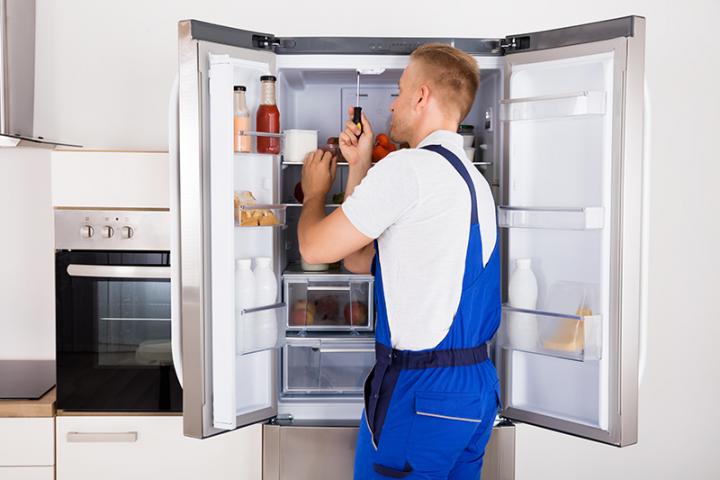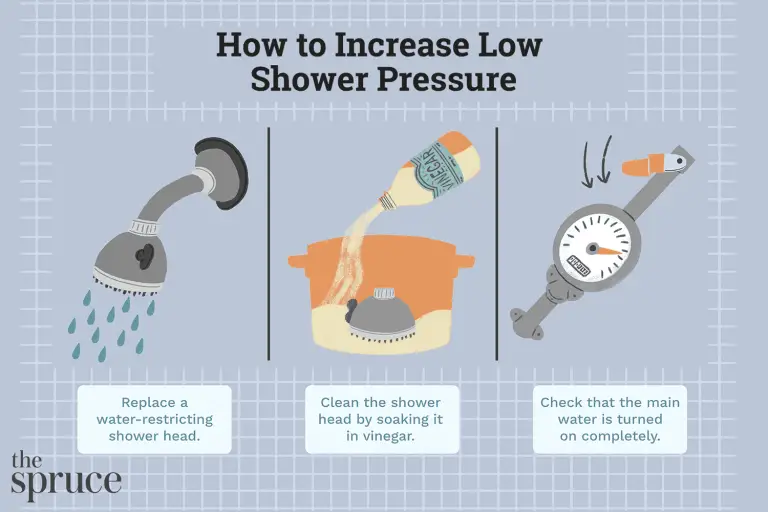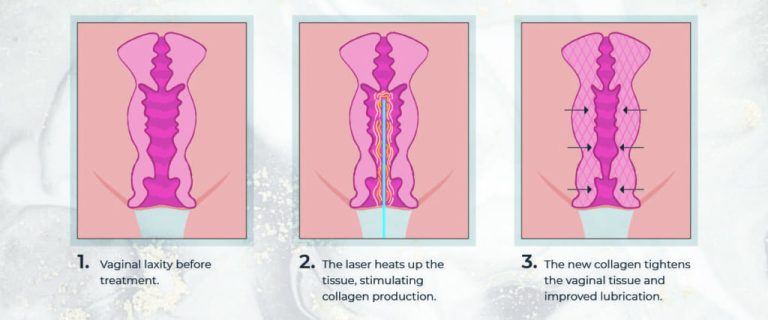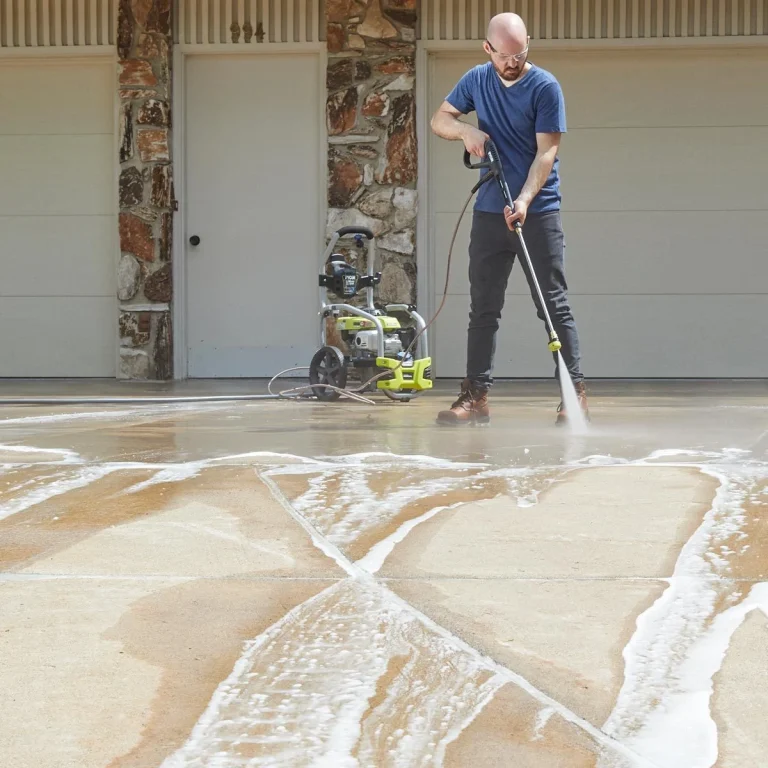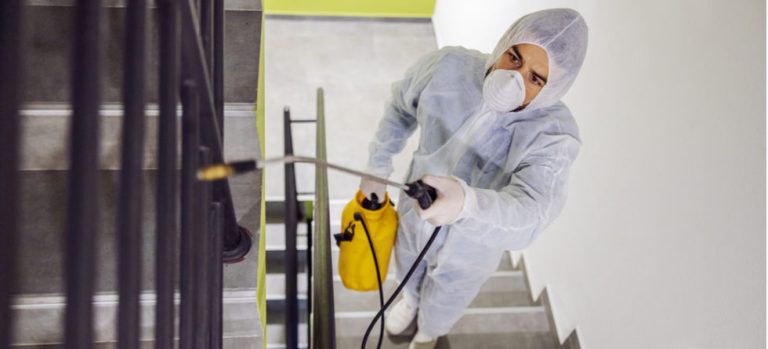How Does A Roof Fail?
A roof is one of the most important parts of any structure. It provides protection from the elements and helps to keep the interior temperature comfortable. Unfortunately, roofs can fail for a variety of reasons. When this happens, it can lead to costly repairs or even a complete replacement. Understanding how a roof can fail can help homeowners to better protect their investments by taking preventive measures and making sure that their roof is well maintained. Common causes of roof failure include age, poor installation, lack of maintenance, extreme weather, and a buildup of debris.
Common Causes of Roof Failure
The roof of a home is one of the most important components of its structure, and unfortunately, it’s also one of the most neglected. Roof failure is a common problem that can cause significant damage to the home’s interior and exterior. Common causes of roof failure include poor maintenance, extreme weather conditions, faulty installation, aging materials, and inadequate ventilation. Proper maintenance, such as regular inspections and repairs, can help prevent roof failure and can help extend the life of your roof. If you suspect that your roof is failing, it’s important to contact a professional for an inspection. By addressing these issues in a timely manner, you can save money and protect your home from further damage.
Impact of Weather and Climate on Roofs
Weather and climate can have a major impact on roofing materials, causing damage and deterioration that can lead to costly repairs. We all know how damaging a severe storm or hurricane can be, but even small changes in temperature, humidity, and precipitation can have a long-term impact on the health of your roof. Heat, cold, humidity, sun, rain, and snow all work together to create an environment where roofing materials can become weakened and eventually fail. In addition, extreme temperatures can cause the expansion and contraction of roofing materials, resulting in a weaker roof structure. It is important to consider the effects of weather and climate when selecting roofing materials for your home or business. Taking preventive action now can ensure your roof will stand up to the elements for years to come.
Signs of Roof Failure
Roof failure can be a big and expensive problem to fix. It is essential to identify signs of roof failure early, as waiting to repair a damaged roof can cost significantly more in the long run. Signs of roof failure may include cracked, curled, or missing shingles, leaks, water damage, dark patches or streaks on the roof, and/or cracked or broken tiles. Noticing and addressing these issues promptly will help you avoid costly repairs in the future. Furthermore, regular roof inspections by a professional can help identify any potential problems before they become major issues.
Types of Roofing Materials and Their Lifespans
Roofs are perhaps the most important external feature of any structure, providing protection from the elements and insulation from heat and cold. As such, it’s important to make sure you choose the right material for your roof. This blog will discuss the various types of roofing materials and their lifespans, helping you to make the best decision for your building. We’ll look at asphalt shingles, metal roofing, slate, clay, and concrete tiles, wood shakes and shingles, and synthetic materials. We’ll also discuss the advantages and disadvantages of each material, as well as how long each can last. With this information, you’ll be able to make an informed decision and keep your roof in top condition for years to come.
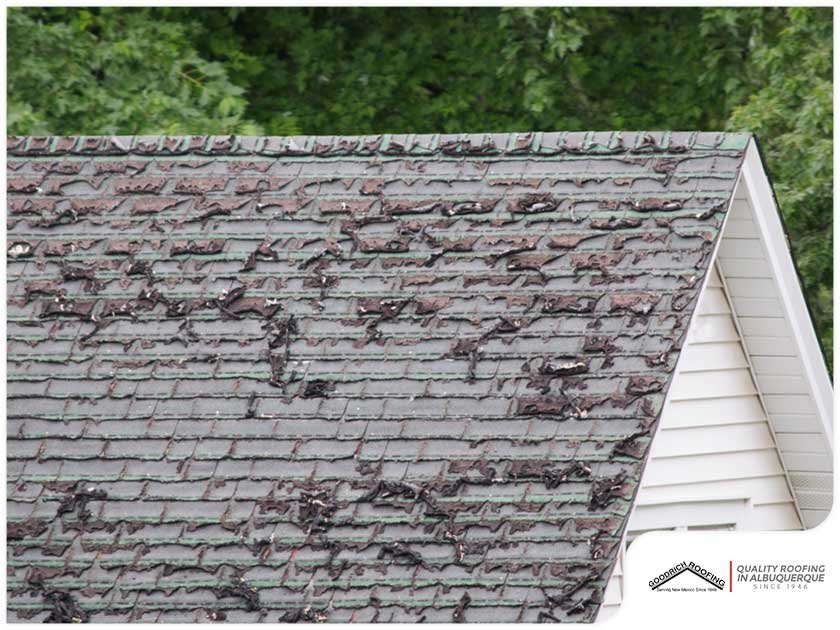
How to Detect Potential Roof Failure
Detecting potential roof failure can be an intimidating task, but with the right information, it can be done quickly and effectively. In order to detect potential roof failure, you should look for signs of wear and tear, water leakage, and structural damage. Additionally, you should inspect the roof’s flashing and shingles to ensure they are properly sealed and attached. When inspecting the flashing and shingles, pay close attention to any cracks, breaks, or loose pieces. Finally, it’s important to monitor the roof’s drainage system to ensure that it is adequately draining water away from the roof. With these tips in mind, you can quickly and easily detect potential roof failure and take the necessary steps to prevent further damage.
Preventative Roof Maintenance
Preventative roof maintenance is an important part of home upkeep that should not be overlooked. By taking proactive steps to inspect and repair your roof, you can help to avoid costly repairs and replacements down the line. It’s important to regularly check for signs of wear and tear, such as missing shingles, as well as any damage from weather or pests. Keeping an eye out for potential problems can help you catch them before they become major issues, and can save you money in the long run. Additionally, regular maintenance ensures that your roof is performing optimally and can reduce your energy bills. By investing in preventative roof maintenance today, you can rest assured that your home is secure and protected for years to come.
Steps to Take After a Roof Failure
A roof failure can be a serious issue and requires prompt attention. To ensure that your roof is repaired and restored properly, there are several steps that should be taken. First, determine the cause of the failure. This could be due to weather, aging, improper installation, or a combination of factors. Once the cause is determined, contact a professional roofing contractor to inspect and assess the damage. They will recommend the best course of action and provide an estimate for the repair or replacement. Additionally, check with your insurance provider to see if they cover any of the costs associated with the repair. Finally, be sure to document the repair process and keep records of all communications with the contractor and insurance company. Taking these steps will help ensure a successful repair and help you avoid any future problems.
Cost Considerations for Roof Repair or Replacement
Roof repair or replacement can be a costly endeavor, and it’s important to understand the various factors that can affect the price tag. Everything from the size of the roof to the materials used can impact the total cost. Knowing the potential costs associated with roof repair or replacement can help you make an informed decision and determine the best course of action for your specific needs. Depending on the extent of the damage, you may need to consider the cost of materials, labor, and any other associated fees. Additionally, the age of your roof and the complexity of the job could affect the overall cost. Knowing your budget and doing your research can help you make a wise decision when it comes to roof repair or replacement.
Conclusion
A roof can fail for several reasons, including poor installation, aging, weather damage, and improper maintenance. It is important for homeowners to regularly inspect and maintain their roofs to prevent costly repairs and replacements. Additionally, it is important to work with a reputable roofing contractor who is experienced in proper roof installation and maintenance. By taking these steps, homeowners can avoid costly roof failures and protect their homes.


